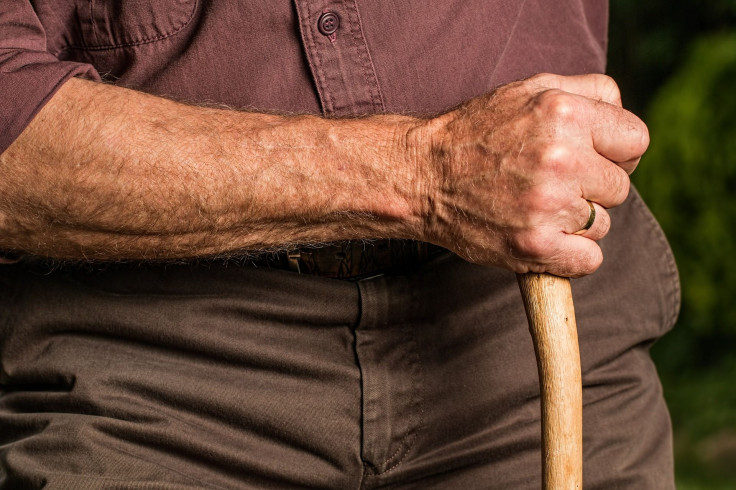Intensive Care Units Discharge Patients Cured Of Original Condition, But Still Suffering From ICU-Acquired Muscle Atrophy

Nobody wants to end up in the intensive care unit (ICU), but sometimes it’s inevitable. Patients expect to enter the ICU, be cured, and leave, but according to new research, it’s often not that simple.
A growing number of patients leave the ICU cured of the original condition that landed them there but having acquired a new illness during their stay. ICU-acquired weakness is the debilitating loss of muscle mass and function due to one or many ICU treatments. In some cases, a patient’s original critical illness is to blame, but common ICU treatments like mechanical ventilation are also known to weaken muscle mass and function.
Researchers have thoroughly studied muscle atrophy and function during ICU stays, but little is known about the cellular and molecular mechanisms responsible for long-term recovery of these muscles.
A new study by scientists from St. Michael’s Hospital in Toronto found some patients suffer from muscle weakness even six months after being discharged from the ICU. Some demonstrated persistent muscle atrophy and wasting even when the biological conditions that normally cause atrophy, like inflammation or breakdown of proteins, have returned to normal. The team also found there is no guarantee muscles will repair themselves in terms of size or strength: patients that managed to regrow muscle still remained weak. Sometimes, the weakness even caused profound disability, which reduces quality of life, according to lead author Dr. Jane Batt, a respirologist at St. Michael’s.
“We know ICU patients lose muscle mass and function. Critical illness literally causes their muscles to dissolve,” Batt said in a statement. “Some people grow it back and some don’t. Some people can regrow the muscle, but it doesn’t function properly.”
Batt explained that her study team didn’t expect to find that long-term muscle atrophy is the result of impaired regrowth and is linked to a decrease in the number of satellite cells, the precursor to muscle cells. A decrease of satellite cells, she noted, contributes to age-related muscle loss as well.
“While satellite cells are not required for existing muscle fibers to grow in size, they are essential for the regeneration of injured muscle,” Batt said. “Critical illness appears to permanently change muscle biology so your regenerative capacity seems to be lost.”
Batt acknowledged that her patient pool was small, and explained this is common in the course of long-term research involving patients experiencing critical illness, due to the likelihood they might die or will need to return to the ICU. Batt’s study involved patients who had spent at least one week on a ventilator in an ICU, and is the first phase of a larger program researching patient and caregiver outcomes after prolonged ventilation.
Source: dos Santos C, Hussain S, Mathur S, Picard M, Herridge M, Correa J, et al. Mechanisms of Chronic Muscle Wasting and Dysfunction After an Intensive Care Unit Stay: A Pilot Study. American Journal of Respiratory and Critical Care Medicine. 2016.



























